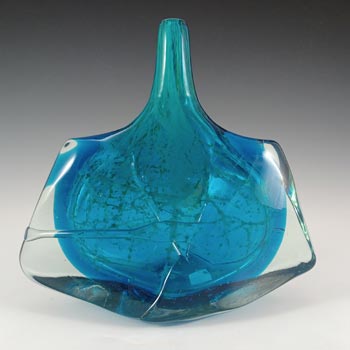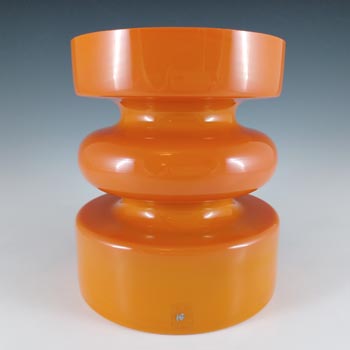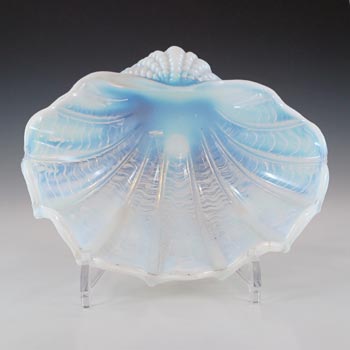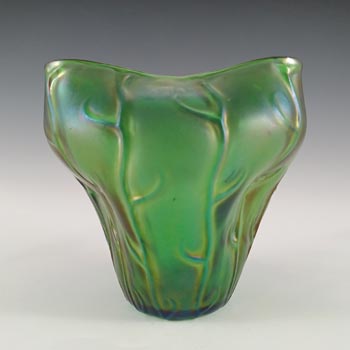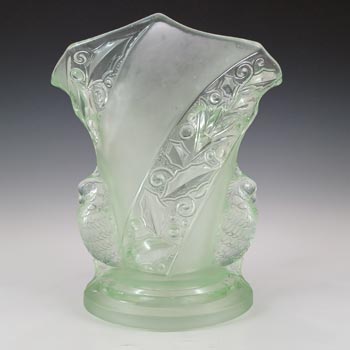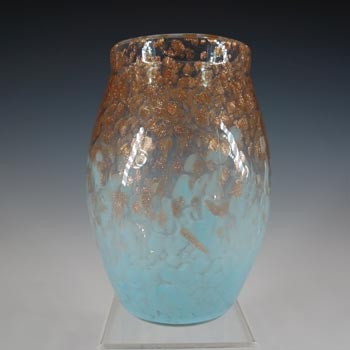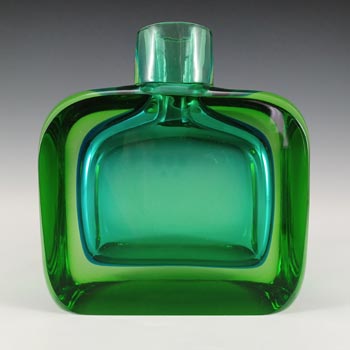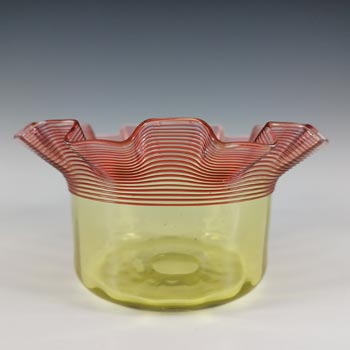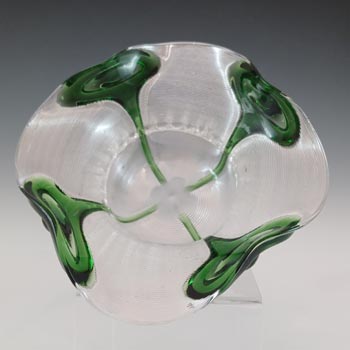A very popular glass making technique during the Victorian era, was clear or coloured glass with applied trailing. The trails can be in the form of simple thin lines, either vertical, horizontal, or a continuing spiral around the vessel. Sometimes the trails can start or end with a thicker, tadpole shaped lobe, or the very impressive "peacock eye's", also known as "Cairngorm". Glass with applied trailing was often method used by glass manufacturers from the Stourbridge area of England, including Stuart & Sons, Stevens & Williams, Thomas Webb and Boulton & Mills. Glass factories in America, as well as Czech/Bohemian glassworks, have also made glassware in this style.
Categories
- CLEARANCE SALE 20% OFF (132)
- Italian Murano Glass (161)
- Italian Empoli Glass (21)
- Scandinavian Glass (83)
- British Glass (124)
- Czech / Bohemian Glass (49)
- Maltese Glass (18)
- German & Austrian Glass (11)
- Japanese Glass (25)
- Spanish Glass (11)
- Romanian Glass (9)
- Chinese Glass (15)
- Victorian Glass (23)
- Applied Trailing (2)
- Burmese Glass
- Custard Glass (1)
- Enamelled Glass (2)
- Pearline Glass (5)
- Satin & Air Trap Glass
- Slag / Malachite Glass (1)
- Vaseline Glass (6)
- Vitro-Porcelain / Milk Glass (4)
- Other Victorian (2)
- Art Nouveau Glass (9)
- Art Deco Glass (33)
- Glass Animals (91)
- Glass Paperweights (22)
- Cloud Glass
- Depression Glass (1)
- Uranium Glass (8)
- Opalescent Glass (8)
- Neodymium Glass (7)
- Other Glass (8)
- Specials ...
- New Products ...
- Featured Products ...
- All Products ...
Displayed Currency:
Featured Products
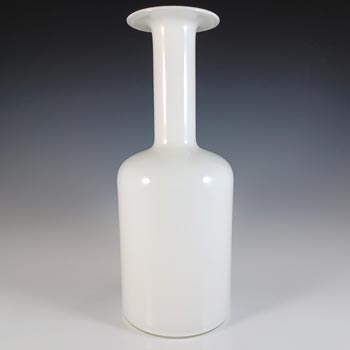
Holmegaard Kastrup Otto Brauer White Opal Glass 12" Gulvvase Vase
£220.00 £176.00
Save: 20% off
Save: 20% off
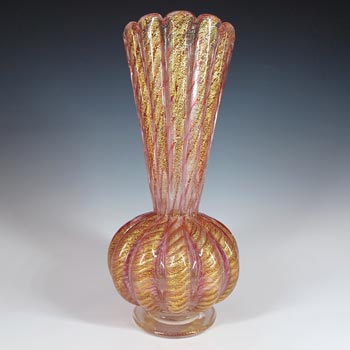
LARGE Barovier & Toso Murano Cordonato d'Oro Gold Leaf Vintage Glass Vase
£495.00 £395.00
Save: 20% off
Save: 20% off
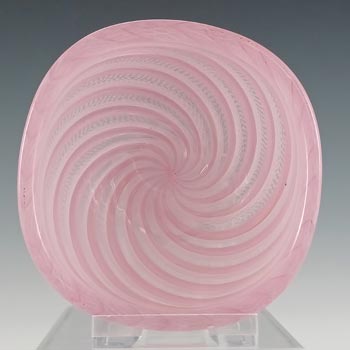
Venini Murano Pink & White Glass Zanfirico Bowl by Carlo Scarpa
£395.00 £295.00
Save: 25% off
Save: 25% off
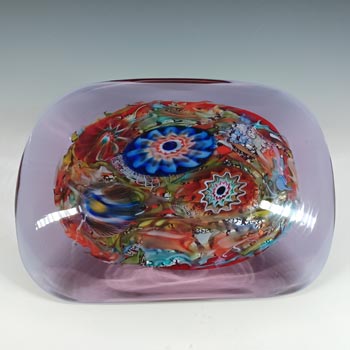
RARE LABELLED Galliano Ferro Murano Lilac Glass Slab Sculpture
£395.00 £295.00
Save: 25% off
Save: 25% off
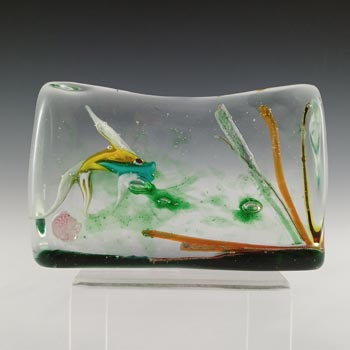
Murano Glass Vintage Fish Aquarium Block Paperweight
£195.00 £175.00
Save: 10% off
Save: 10% off
Who's Online
There currently are 224 guests online.
Applied Trailing
Glass With Applied Trails - shown below is our current range of glass vases, bowls and other decorative antique Victorian collectable glassware with applied trailing decoration.
A very popular glass making technique during the Victorian era, was clear or coloured glass with applied trailing. The trails can be in the form of simple thin lines, either vertical, horizontal, or a continuing spiral around the vessel. Sometimes the trails can start or end with a thicker, tadpole shaped lobe, or the very impressive "peacock eye's", also known as "Cairngorm". Glass with applied trailing was often method used by glass manufacturers from the Stourbridge area of England, including Stuart & Sons, Stevens & Williams, Thomas Webb and Boulton & Mills. Glass factories in America, as well as Czech/Bohemian glassworks, have also made glassware in this style.
A very popular glass making technique during the Victorian era, was clear or coloured glass with applied trailing. The trails can be in the form of simple thin lines, either vertical, horizontal, or a continuing spiral around the vessel. Sometimes the trails can start or end with a thicker, tadpole shaped lobe, or the very impressive "peacock eye's", also known as "Cairngorm". Glass with applied trailing was often method used by glass manufacturers from the Stourbridge area of England, including Stuart & Sons, Stevens & Williams, Thomas Webb and Boulton & Mills. Glass factories in America, as well as Czech/Bohemian glassworks, have also made glassware in this style.

